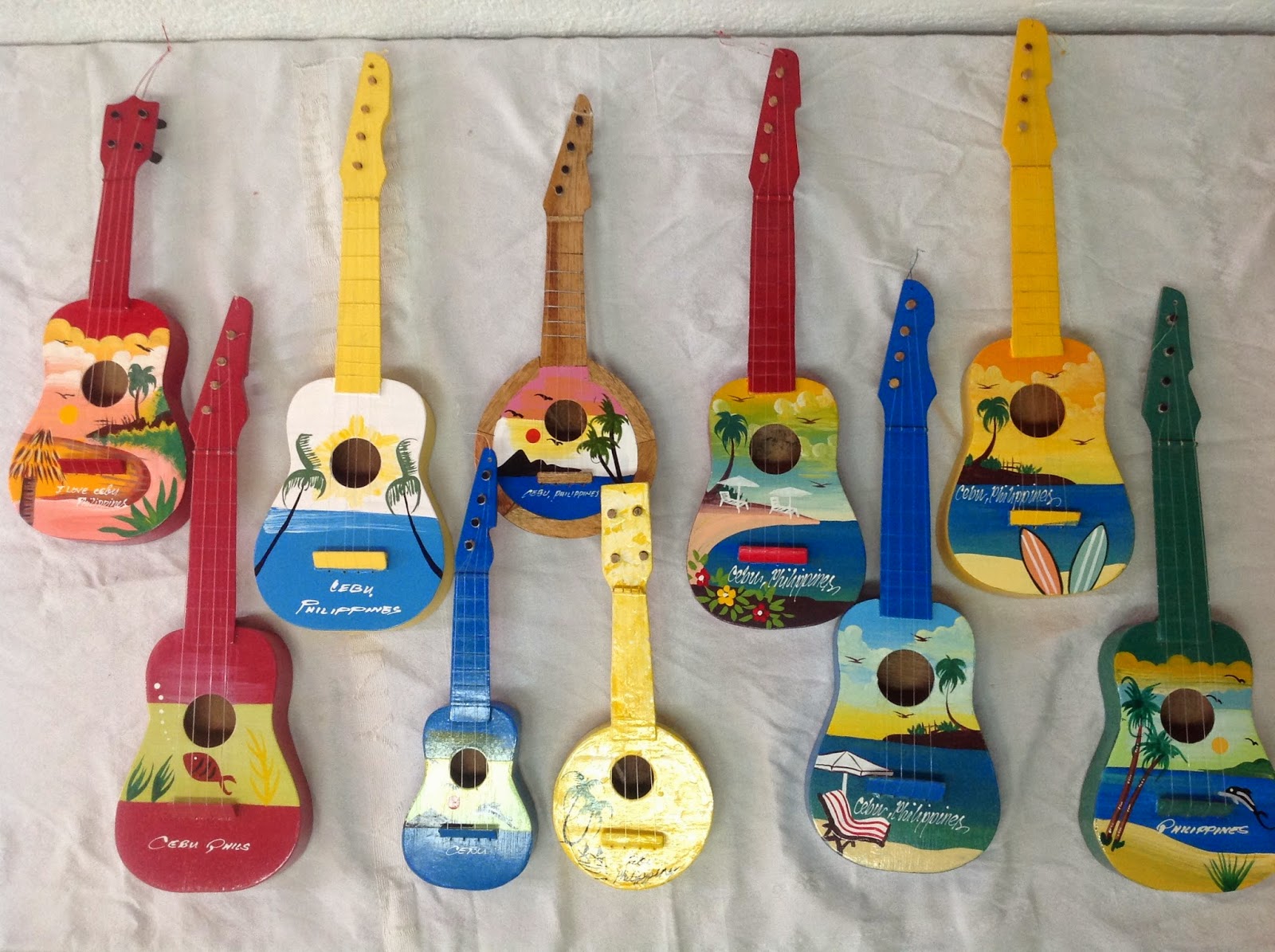After paintbrushes, colorful toy ukeleles sold at tourist souvenir shops in the cities of Cebu and Lapu-Lapu were also found to contain lead.
The Eco Waste Coalition, a toxic chemical watchdog, said they screened 10 samples of toy ukeleles and found lead in them using an X-ray Flourescence device.
The samples were bought last June 14 and 15 at P80 t P150 each from vendors of souvenir items near the Cebu Basilica de Sto. Nino and at the Lapu-Lapu Shrine. They were brought to Quezon City for XRF screening.
“Almost one year passed since the last screening and we still found lead in Cebu made ukeleles,” said Thorny Dizon, coordinator of the Eco Waste Coalition’s Project Protect. In July 2013, six samples of Cebu ukeleles were found to contain lead amounting to 13,900 ppm or way above the 90 ppm threshold limit for lead in paints and surface coatings under the US Consumer Product Safety Improvement Act.
Out of the 10 samples screened this time, all were found to contain lead ranging from 2,179 ppm to 26,100 ppm, making it illegal for sale in the US and other First World countries. “We are disappointed to see that ukelele makers have yet to switch despite the commercial availability of lead safe paints in various colors and applications,” Dizon said.
Lead is prohibited in the manufacturing of toys under the newly issued Chemical Control Order (CCO( for lead and lead compounds by the Department of Environment and Natural Resources (DENR). EcoWaste Coalition technical officer Moresa Tolibas said the lead in the ukelele’s coating will wear out, creating toxic chips and dust that can contaminate children’s hands and mouths.
“It’s even possible for a child to bite on the painted surface of the ukelele and ingest it,” she said.


